Nobody expected race riots in Washington DC until the shattering events of 1968
This week marks the 50th anniversary of the paroxysm of rioting, destruction and arson that engulfed Washington after the assassination of Martin Luther King Jr
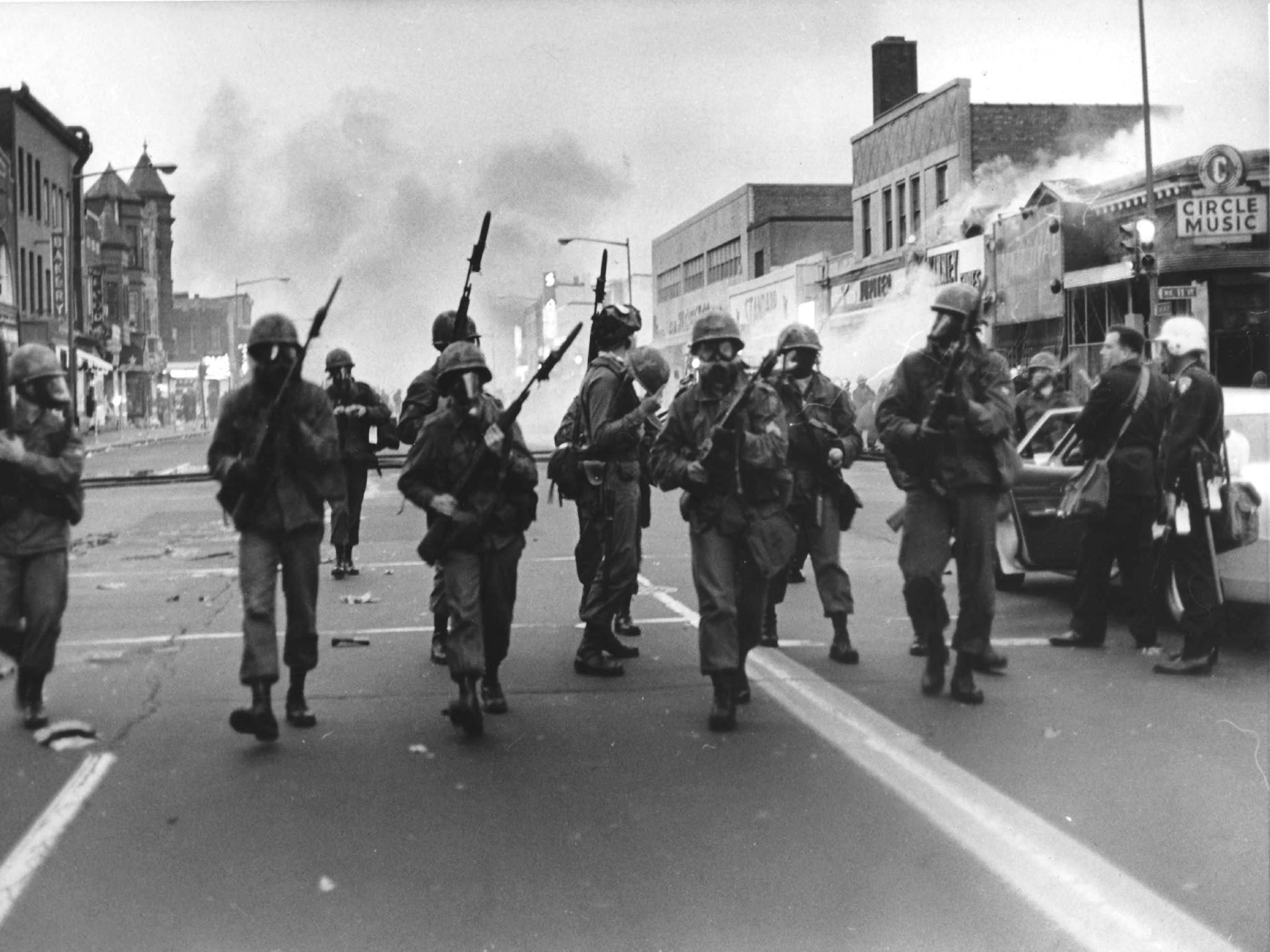
Your support helps us to tell the story
From reproductive rights to climate change to Big Tech, The Independent is on the ground when the story is developing. Whether it's investigating the financials of Elon Musk's pro-Trump PAC or producing our latest documentary, 'The A Word', which shines a light on the American women fighting for reproductive rights, we know how important it is to parse out the facts from the messaging.
At such a critical moment in US history, we need reporters on the ground. Your donation allows us to keep sending journalists to speak to both sides of the story.
The Independent is trusted by Americans across the entire political spectrum. And unlike many other quality news outlets, we choose not to lock Americans out of our reporting and analysis with paywalls. We believe quality journalism should be available to everyone, paid for by those who can afford it.
Your support makes all the difference.On 17 June 1963, the body of murdered civil rights leader Medgar Evers was borne through the streets of Washington, bound for a historic black church on 14th Street.
People bared their heads and wept as the hearse passed, followed by hundreds of mourners. Evers had been assassinated in Mississippi five days earlier and was to be buried at Arlington National Cemetery.
Twenty-five thousand people would turn out to view his body at the John Wesley AME Zion Church. “There’ll be no trouble,” an NAACP leader said. “Only ... troubled consciences.” Washington was, after all, “the coloured man’s paradise”, as some whites called it.
Despite decades of slavery, segregation and discrimination, Washington was said to be special. There was, of course, the huge Ku Klux Klan march in 1925, and the real estate covenants that barred blacks, and the swathes of poverty and want.
But it wasn’t Mississippi. There was a solid black middle class. And there were vibrant self-contained business districts like the glittering “Black Broadway” of U Street. To some, it was a pleasant village – a “secret city”, as a noted historian called it, sheltered and walled off from the white world outside. But to others, it was a prison from which there was no escape, and within which there was misery, anger and frustration that had smouldered for more than 100 years.
On 4 April 1968, the paradise erupted, and on 14th Street outside the church where Evers had rested five years before, the village was burning. Last week marked the 50th anniversary of the paroxysm of rioting, destruction and arson that engulfed broad sections of Washington after the assassination of Martin Luther King Jr in Memphis. In three days of upheaval, 13 people were killed. Two of them were never identified. The skeleton of a third was found in the rubble and identified three years later, according to news accounts.
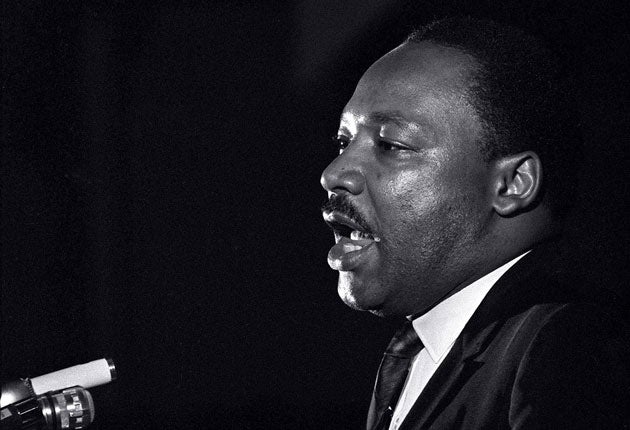
Hundreds of blazes left vast avenues of burning wreckage and nightmare scenes of desolation. The air was filled with smoke and the smell of tear gas, and the streets were littered with broken glass and tumbled-down bricks, as if in the aftermath of an air raid. Stretches of the city resembled combat zones, and 13,000 members of the Army, Marines and National Guard were brought in to regain control.
Businesses were devastated. Display windows were smashed and merchandise was carried off in waves of looting. More than 200 liquor stores and taverns were looted, burnt or destroyed, according to a post-riot report by the Alcohol Beverage Control Board. Drugstores, markets, shoe stores, clothing, furniture and appliance stores were hit. Looters seized everything from cough drops to a grand piano.
“It was anger,” said Tony Gittens, then a student activist at Howard University who took to the streets. “Real anger. It was justified. That’s what I thought. It was absolutely justified. It was almost like ‘what they asked for’.
“It had to blow,” he said.
Charlene Drew Jarvis, a fourth-generation Washingtonian and former member of the District of Columbia Council, recalled: “There was a confluence of anger and hurt about the death of Martin Luther King. But there was also a way of breaking out of a cage in which African-Americans felt they had been contained.
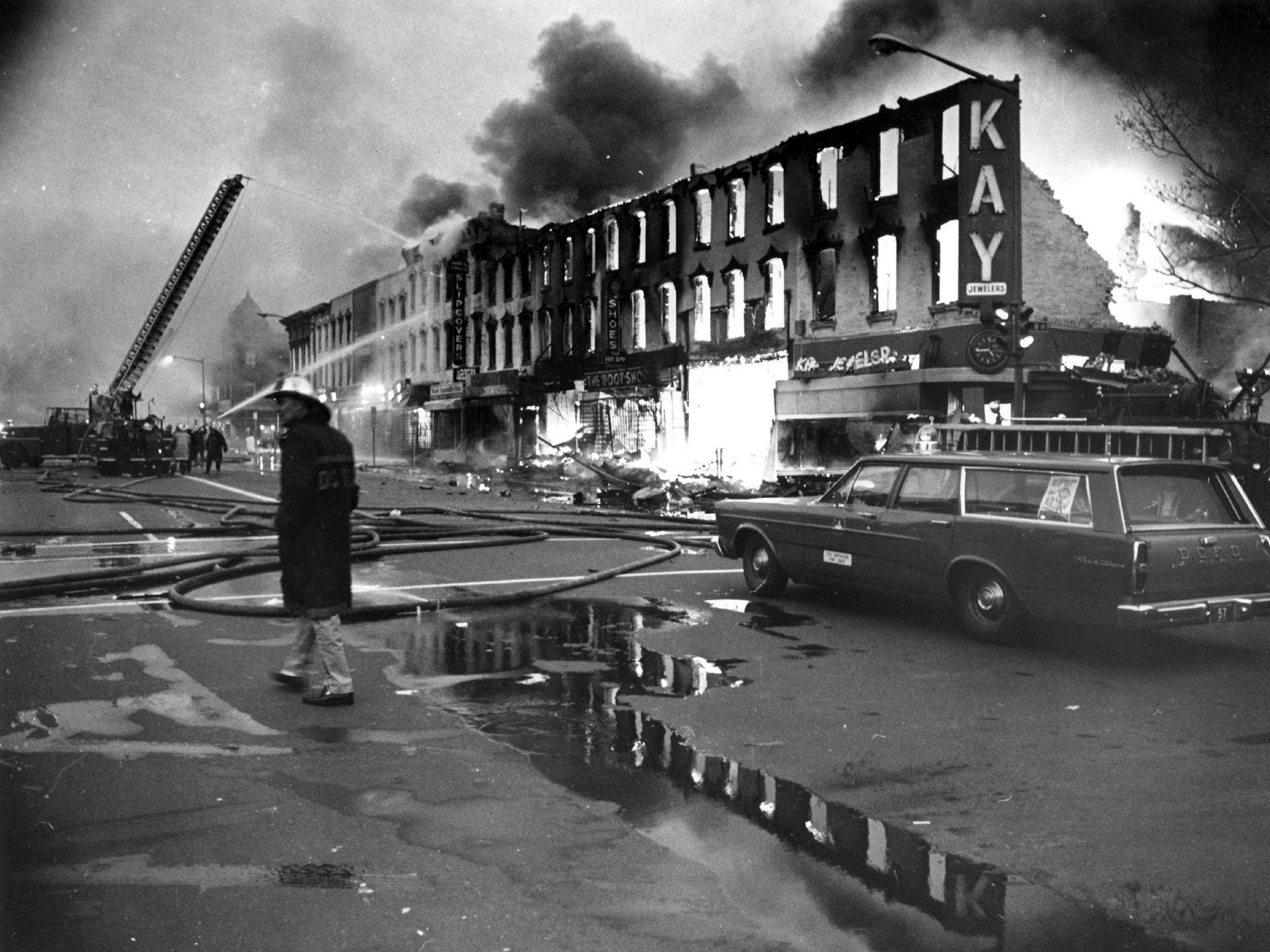
“A lot of it had to do with, ‘We’ve been contained here. We’re angry about this. We owe nothing to people who have confined us’.”
In the end, 7,600 people were arrested and hundreds were injured.
What had happened to paradise?
Had it ever existed?
If so, could it ever return?
Washington has been transformed in the decades since the riot. The ravaged corridors now sparkle with new prosperity and new residents, many of them white. Much of the boom has bypassed African-Americans, edging some out of old neighbourhoods, while others remain stuck in impoverished communities plagued by violence, bleak housing and beleaguered schools. Recently, a black cashier at a trendy market on 14th Street remarked to a black customer marvelling at the well-heeled clientele: “I grew up here. It’s not my city anymore.”
The remnants of darker times
In 1910, a judge in the District of Columbia ruled that a 7-year-old mixed-race child named Isabel I Wall was “Negro,” and therefore barred from attending a white school in the segregated city. Isabel looked white, according to news accounts of the time, and her mother was white. But her grandfather, OSB Wall, had been a freed slave, a noted abolitionist and a pioneering black officer in the Union army.
He was Washington’s first black justice of the peace, appointed in 1869 by President Ulysses S Grant. He was an official with the Freedmen’s Bureau – the agency set up to help freed slaves – and a member of the District of Columbia’s legislature, according to historian Daniel J Sharfstein. A lawyer and a champion of Washington’s black community, he became a member of the city’s black elite.
But 19 years after he died in 1891, amid mounting racial oppression, his son, Stephen – Isabel’s father – began what Sharfstein called his “escape from blackness”. Stephen Wall built a house in the white enclave of Brookland and enrolled his daughter in the local white school. “My child is as white as any,” he said. But after the school heard about Isabel’s ancestry, she was expelled.
Her family sued. The court ruled, however, that the existence of black ancestors, no matter how distant, was enough. “The child is of Negro blood,” the judge concluded. “Her racial status is that of the Negro.” Washington was then in the midst of some of the darkest years of racial segregation and discrimination. As enslaved people on local farms, black people had been in Washington before it was Washington and were present as the city and institution of slavery evolved.
In the late 1700s and early 1800s, slaves hired out by their masters helped build the US Capitol and the White House, and sometimes were allowed to keep a little of the money they earned for their owners. But the horrors of slavery were there for all to see. The local jail served as a kind of holding pen for slaves and kidnapped free blacks headed elsewhere, according to historian Constance McLaughlin Green in her 1967 book The Secret City: A History of Race Relations in the Nation’s Capital.
One observer wrote of watching from a door of the Capitol as a slave coffle passed, “men, women and children ... bound together in pairs, some with ropes, and some with iron chains”.
In 1849, a little-known congressman from Illinois named Abraham Lincoln introduced a bill calling for the abolition of slavery in the District. The bill never passed. And it wasn’t until 1862, when Lincoln was president, that Congress enacted a law freeing the 3,100 slaves owned by Washington’s residents. After the Civil War, there was a temporary flowering of desegregation in Washington as public transportation, among other things, was integrated. But bitter opposition remained.
In one case, a District streetcar conductor tried to drag the renowned abolitionist Sojourner Truth off his car. She hung on but injured her shoulder, according to Douglas R Egerton’s book The Wars of Reconstruction. Truth sued, and the conductor was fired. But as the progressive era of Reconstruction ended, the city and the country began a long descent into a period of discrimination and resegregation that would last more than a century.
In Washington, decent jobs grew more and more scarce. In 1908, the State Department had no black employee above the grade of messenger, according to Green. Of the fire department’s 498 firefighters, nine were black. Of the city’s 731 policemen, 39 were black.
“The separation of the races is more nearly complete [in Washington] than in any other city of the Union,” wrote one observer quoted by Green.The situation was made worse when newly elected President Woodrow Wilson cleared many blacks out of government jobs and segregated government lunch rooms and restrooms.
“I have never seen the colored people [of Washington] so discouraged and so bitter,” the prominent black leader Booker T Washington wrote in 1913. Six years later, in July 1919, the city exploded into outright race warfare.
Spurred by media hysteria and reports of an alleged black crime surge, gangs of white servicemen attacked a black neighbourhood. The conflict spread, and black residents fought back. More than 30 people were killed before the fighting waned.
The 1920s brought no solutions and no respite. In 1925, Washington welcomed the Klan. Thirty thousand robed Klan members strode up Pennsylvania Avenue from the Capitol, then down to the Washington Monument. Businesses said they were disappointed because they had not ordered enough merchandise to serve so large a crowd.

The Depression brought more misery The government set up an “Alley Dwelling Authority” to rid the city of the most squalid homes, almost exclusively occupied by African-Americans.
In 1937, 9,000 District houses were illuminated only by oil lamps, 11,000 families lacked indoor toilets, and 7,000 tenements didn’t have indoor water taps, according to Green’s history. Schools, theatres and the Boy Scouts were segregated. Blacks could not try on clothes at many department stores.
When full integration of the fire department was proposed later, the union representing firefighters objected. “Firemen must of necessity sleep, cook, eat and wash in rooms common to all,” it said in a statement. “To live together in an integrated firehouse is inherently distasteful ... and integration would be a serious social discrimination.”
By 1941, black leaders were fed up. They called for a massive march for jobs in Washington that July. Alarmed, President Franklin D Roosevelt tried to get it called off. Black leaders refused, and Roosevelt signed an executive order requiring nondiscrimination at government agencies and plants with defence contracts. It was the first time since the Emancipation Proclamation in 1863, Green noted, that a president had signed an official order protecting the rights of African-Americans.
Upheaval in ‘the village’
The metal trash can was sitting outside a Peoples Drug store in northwest Washington. It was made of corrugated metal, with handles on the sides, and as Stanley Mayes watched, a man picked it up and hurled it through the store’s glass window.
The date was 4 April 1968. Word was on the street that Martin Luther King Jr had just been assassinated. And Mayes, 18, was witnessing the opening scenes of unrest that would torment the city for the next 72 hours and leave sections of the capital in ruins for 30 years. “It made no sense to me,” he recalled. He and his parents lived around the corner on Wallach Place, and he and his siblings had been reared there.
The neighbourhood, which would become a centre of the rioting, had been a wonderful spot to grow up. There were big families like his. “Everybody knew all the local kids,” Mayes, 68, said in a recent interview. “You could go block after block after block and call people by name.” And the streets around the bustling crossroads of 14th and U were alive with celebrities. One might see entertainers such as Harry Belafonte or Junior Walker, boxers such as Sugar Ray Robinson, and civil rights figures such as King.
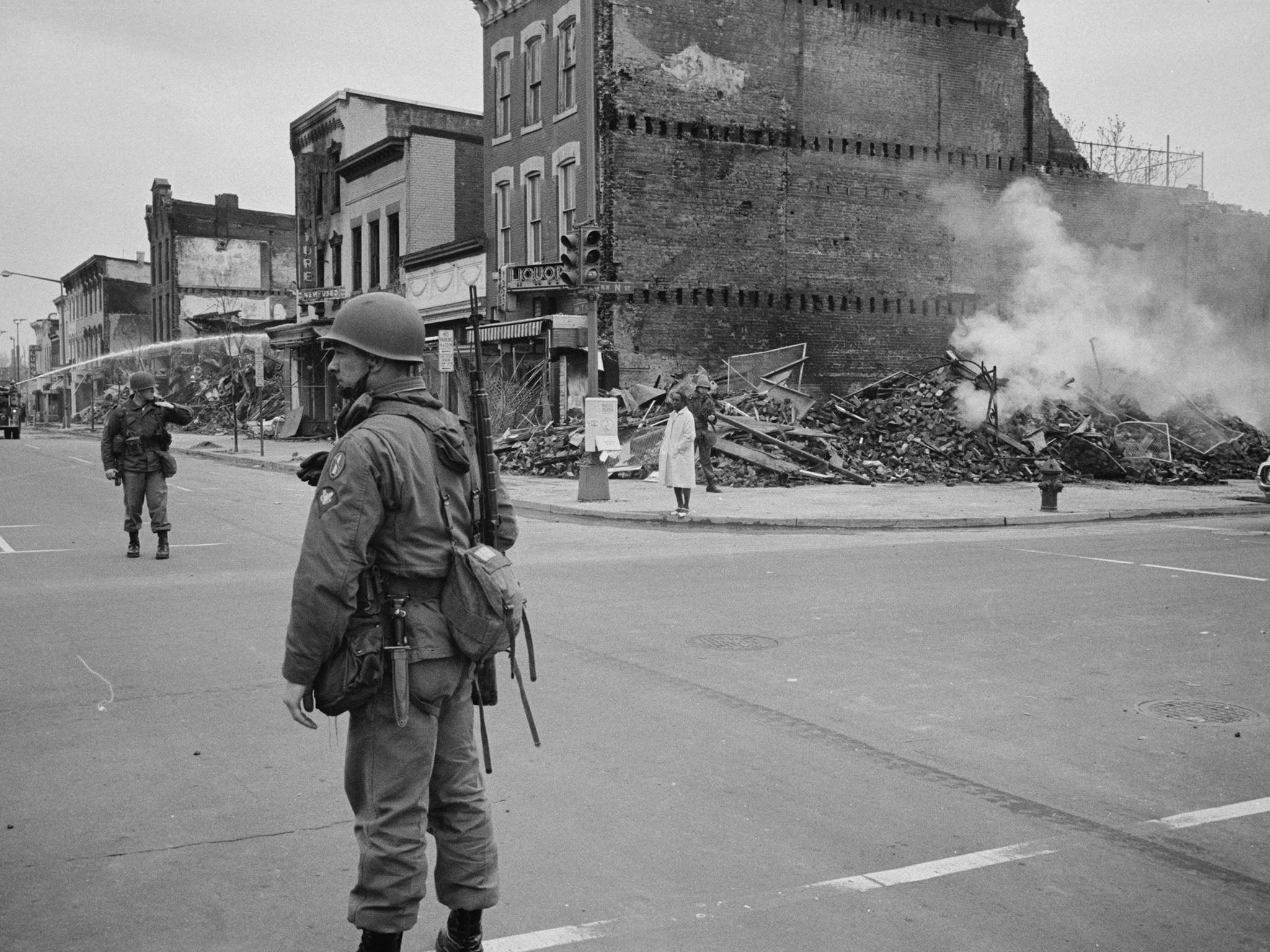
Mayes remembers being swept up in a King march for district home rule when he was 12 or 13. There were three movie theatres, a radio studio where a disc jockey named Lord Fauntleroy Bandy spun records and a joint called Wings-n-Things that was known for the mumbo sauce. “It was very much ‘the village’,” he said. “We didn’t have to leave the community for anything.”
But outside the community, racial unrest had exploded the previous summer across the country, in places such as Newark, where 23 people were killed, and Detroit, where 43 people were killed.
A presidential panel was set up to find out why. King already knew why. “Discrimination is the hellhound that gnaws at Negroes in every waking moment,” he had said later that summer. The government’s Kerner Commission report was issued six months later. “Our nation is moving toward two societies, one black, one white – separate and unequal,” the report concluded. “Discrimination and segregation ... now threaten the future of every American.”
Among other things, the report found, life expectancy was almost seven years longer for whites than non-whites. Maternal mortality for non-white women was four times higher than for white mothers. And infant mortality for babies one month to one year old was almost three times higher for non-white infants. In 1968, Washington’s population of 854,000 was 67 per cent black, the highest black percentage of any major American city, according to a Washington Post study of the riots done that year.
Washington suffered from all the ills of other big cites. But there had been no riot. Was the city “riot proof”, or filled with tinder that had not yet been ignited? By then, the civil rights story had faded from the newspaper front pages, replaced by Vietnam War news. King’s 1963 March on Washington was now five years in the past. And there were rumblings of trouble.
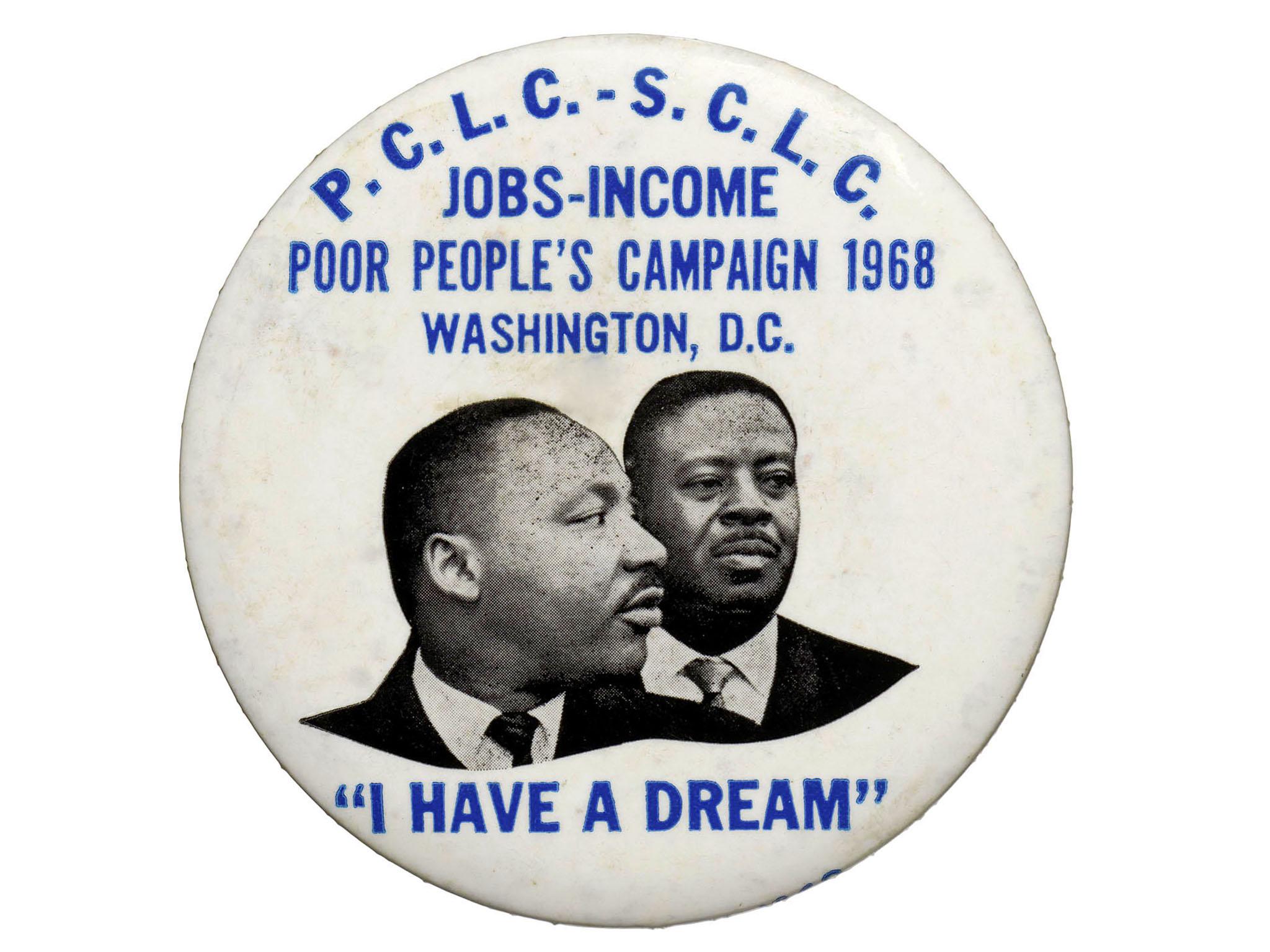
In 1966, there had been a running fight between police with dogs and rock-throwing black residents protesting an arrest at an Anacostia precinct house. Demonstrators said they were clubbed. A policeman said he was knocked down and stomped. By 1968, President Lyndon Johnson’s 1964 declaration of a “War on Poverty” sounded empty. And King was planning a big “poor people’s” protest in Washington for late April.
On 2 April, outside the Peoples Drug, a tense standoff between police and bystanders developed over a fight between local youths and store security guards. Objects were thrown at the store and at police cars. The police arrested two men, but left the area quickly, and the tension eased.
Two nights later, at the same intersection, the outcome would be different.
Epilogue
After the 1910 court case declared Isabel Wall black, her family left Brookland and eventually settled in Georgetown. The family had changed its name to Gates. And Isabel attended the local white school.
Stanley Mayes eventually left Wallach Place to attend Rutgers Law School and have a career in law, banking and investment. In the early 1980s, he bought a house on Wallach Place across the street from his parents. He lives there still.
The street, exclusively black when he was a youngster, has changed. Today, he said, of the 60-odd houses on the block only four are owned by black people.
This month Tony Gittens, now director of FilmFest DC, officiated at the wedding of some white friends in Washington. But such ties across the races remain uncommon, he said.
Washington is still “a pretty segregated place”, he said. “That’s the way it is. That hasn’t changed since 1968.”
© Washington Post
Join our commenting forum
Join thought-provoking conversations, follow other Independent readers and see their replies
Comments